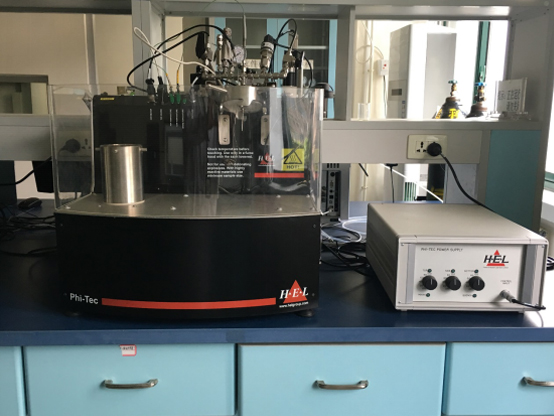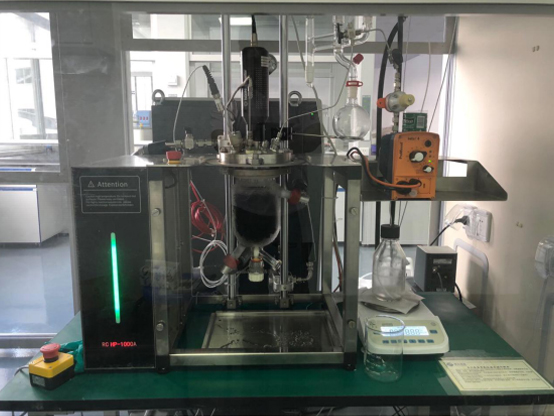
Enquiries:0755-27322216
After-sales service:4009017907
Address:301, Unit 1, Building A, No.2, Tengfeng 5th Road, Fenghuang Community, Fuyong Street, Bao'an District, Shenzhen, China.
Service e-mail: Ms. Peng
service@nrccsafety.com
Complaint Email: Ms. Peng
complaint@nrccsafety.com
The Guiding Opinions on Strengthening the Safety Risk Assessment of Fine Chemical Reactions issued by the State Administration of Work Safety on January 5, 2017 pointed out that starting from 2020, any fine chemical equipment included in the assessment scope but not subject to reaction safety risk assessment shall not be put into operation.
In August 2019, the China Chemical Safety Association released information on the third batch of fine chemical reaction risk assessment units, including Nuocheng (Shenzhen) Safety Technology Co., Ltd.
In order to enhance the essential level of safety in fine chemical processes and ensure the smooth implementation of enterprise safety production work, Nuocheng Safety provides professional safety risk assessments for enterprises with an experienced team of experts and fully qualified laboratories, accurately grasping the scope and content of the assessment, and guiding enterprises to use the assessment results correctly.
|
Assessment content |
Test parameters |
|
Thermal evaluation of material decomposition |
Test the decomposition heat, the larger the decomposition heat, the higher the adiabatic temperature rise △TadThe larger |
|
Severity assessment |
Adiabatic temperature rise △Tad |
|
Possibility assessment |
Time to reach the maximum reaction rate for uncontrolled reactionsTMRad |
|
Matrix evaluation |
Adiabatic temperature rise △TadTime to reach the maximum reaction rate for uncontrolled reactionsTMRad |
|
Risk assessment of reaction process |
Process operating temperatureTpTechnical maximum temperatureMTTTime to reach the maximum reaction rate of the uncontrolled systemTMRadby24Temperature corresponding to the hourTD24The maximum temperature that the uncontrolled system may reachMTSR |



